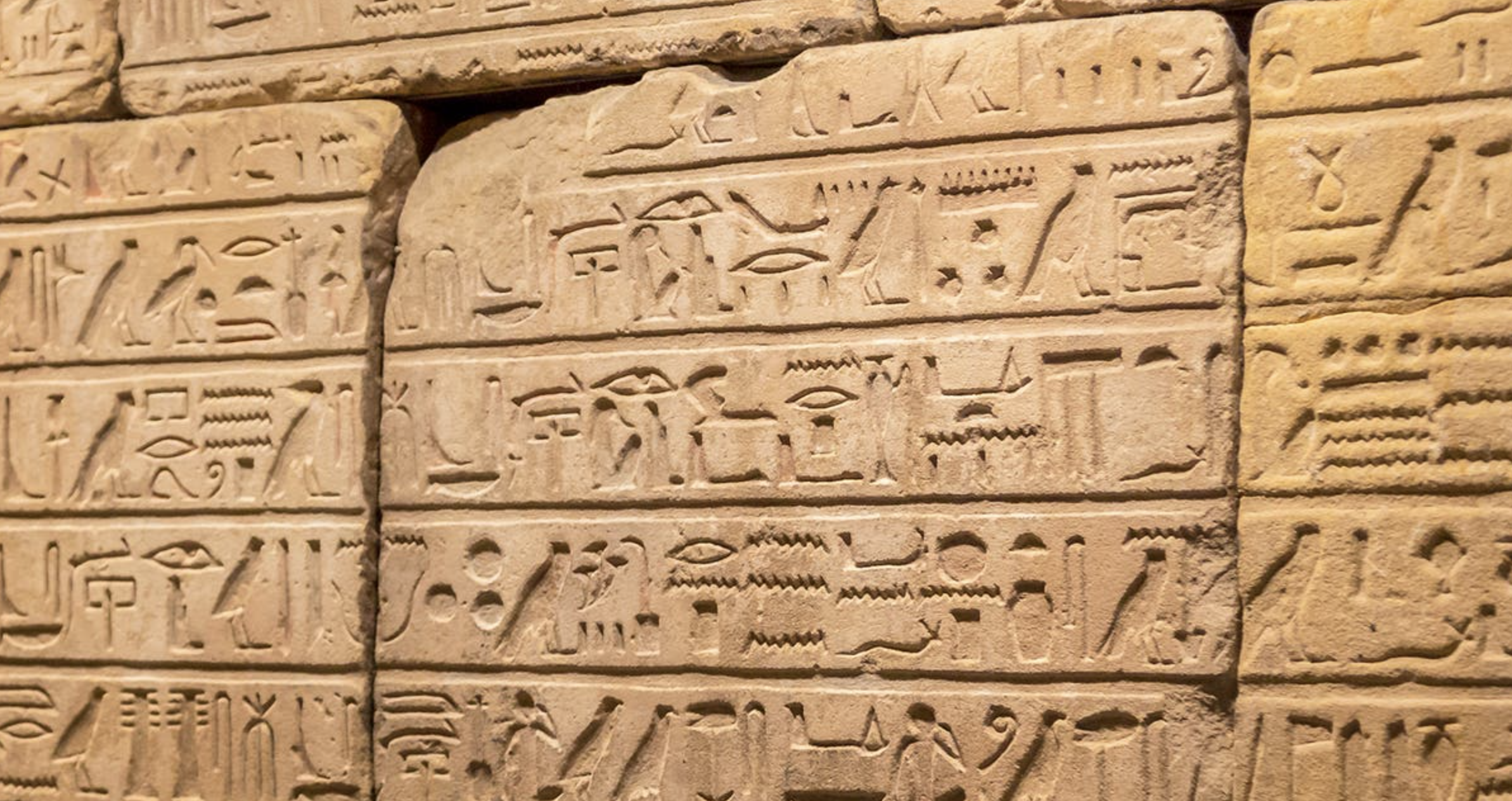An ancient city lost to history for over two millennia is now revealing its secrets. Fregellae, a once-thriving settlement that dared to challenge the might of the Roman Republic, was destroyed in a violent retaliation that left it in ruins. Now, archaeologists have unearthed significant clues that paint a vivid picture of life before the city’s dramatic downfall.
Nestled in the heart of what is now central Italy, Fregellae was an important hub of agricultural production. Recent excavations uncovered the remains of an ancient villa—believed to be the oldest structure in the region—that played a central role in producing cereals, fruits, and wines. Not only did this villa serve local markets, but it also engaged in broader Mediterranean trade, with evidence suggesting that its wine reached as far as Spain and France.
Dr. Dominik Maschek, lead archaeologist on the project, remarked on the significance of these findings: “The villa wasn’t just a local farm; it was part of a much larger economic network. The discovery of storage vessels hints that its wine may have been traded widely across the Mediterranean, demonstrating the reach of Fregellae’s economy at its peak.”
Despite its age, the villa’s ruins tell a compelling story about the region’s agricultural practices. The estate, reports Heritage Daily, likely owned by a wealthy local, was more than just a farm—it was a testament to Fregellae’s early prosperity. The city’s vibrant economy, driven by agriculture and trade, placed it in direct conflict with Roman interests, setting the stage for its eventual destruction.
A Rebellion Met with Devastation
Fregellae’s tragic end came in 125 BCE, when it rebelled against Roman rule. The city’s demand for equal rights with Roman citizens was swiftly denied, leading to a violent military response. Under the command of praetor Lucius Opimius, Roman forces razed Fregellae to the ground in a brutal show of force, leaving it abandoned for nearly two centuries.
“The destruction of Fregellae was catastrophic, not just for the city itself, but for the entire region,” said Maschek. “The economy collapsed, and the area was left deserted for over 170 years. We’ve found evidence of this in the form of ceramic vessels, suggesting that the site was repurposed as a dumping ground during the first century CE.”
The city’s erasure from the map was total, with traces of fire and deliberate dismantling of buildings leaving little more than rubble. Yet, the artifacts that have survived offer an invaluable glimpse into the city’s final days, and the broader socio-political climate that led to its rebellion.
Military Precision: A Siege Engineered to Crush Resistance
Just a short distance from the villa, archaeologists have uncovered something even more striking—a Roman military camp, built specifically to carry out the siege of Fregellae. This discovery offers rare insight into the strategic planning and execution of Roman military campaigns, showcasing how quickly and efficiently Rome quelled any sign of defiance.
“This camp was purpose-built for one thing: to crush Fregellae’s rebellion,” explained Maschek. “Its design and location demonstrate the precision with which the Romans operated. They established complete control over the area in a matter of days, leaving no room for resistance.”
The uncovering of this military site is not just a testament to Rome’s military dominance but also provides a chilling reminder of the price of defiance in the ancient world. As researchers piece together more of the city’s history, they hope to better understand how Rome’s tactics shaped not only Fregellae but other regions across the empire.
Fregellae’s story is far from over. The ongoing excavations are helping archaeologists reconstruct the city’s narrative and uncover the lasting effects of its destruction. The city’s fall may have been swift, but its significance remains palpable today, offering a stark reminder of the power struggles that defined the Roman Republic. As the research progresses, there is hope that Fregellae’s ruins will yield even more secrets about the lives of its people, the economic networks it supported, and the forces that ultimately led to its destruction.











